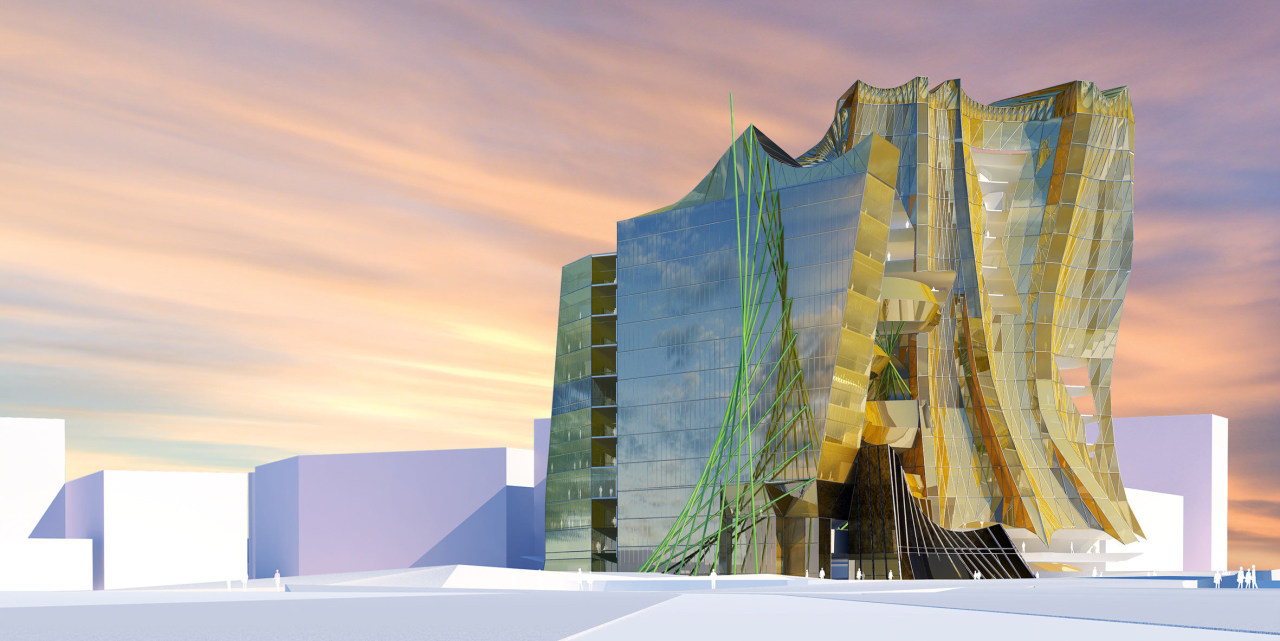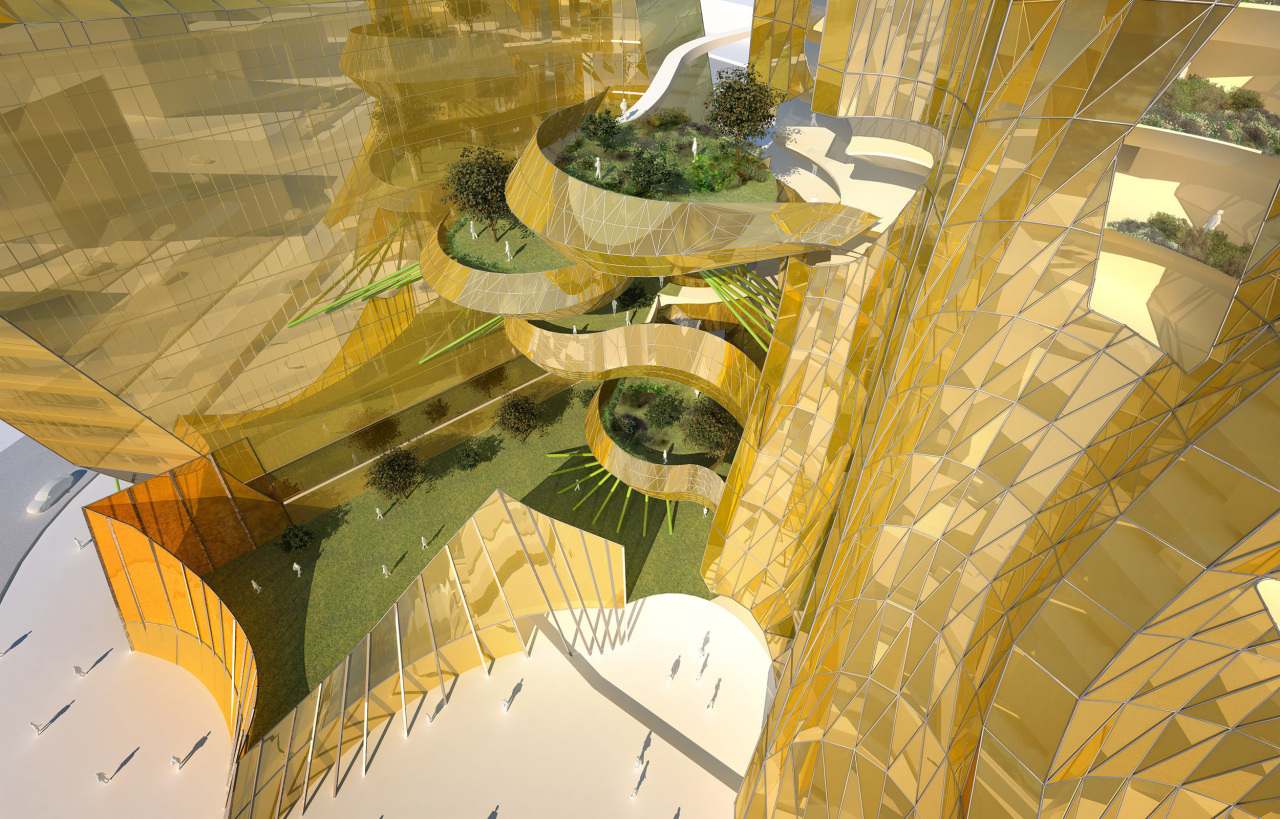Medical advances
An holistic approach to patient, staff and visitor well-being is the future for disease control

The concept of mixed-use facilities is not a new one within the realm of medical institutions, but it is less usual for specialised research and treatment centres to occupy the same building.
The Collaborative Cancer Facility in Victoria, designed by architect Benjamin Stibbard, looks to combine the state's cancer treatment and research facilities, as well as incorporate a new train station to service both it and the adjacent Royal Melbourne Hospital.

"A building such as this is regarded as a public building to a large degree. However, because of its function, it is one that most people hope they never need. As such it has a symbolic responsibility to stand proud as a symbol of care, as a symbol of hope, and in both a scientific and a human sense as a symbol of advance," says Stibbard.
Where Stibbard's vision differs from conventional thinking is in the separation of the working and recovery zones. Patient rooms maintain a domestic aesthetic, opening onto the semi-external terrace spaces where reception areas, nurses' stations, lounges and gardens mix.

"The creation of a humanistic patient environment has a high priority," says Stibbard.
Story by: Trendsideas
Home kitchen bathroom commercial design





